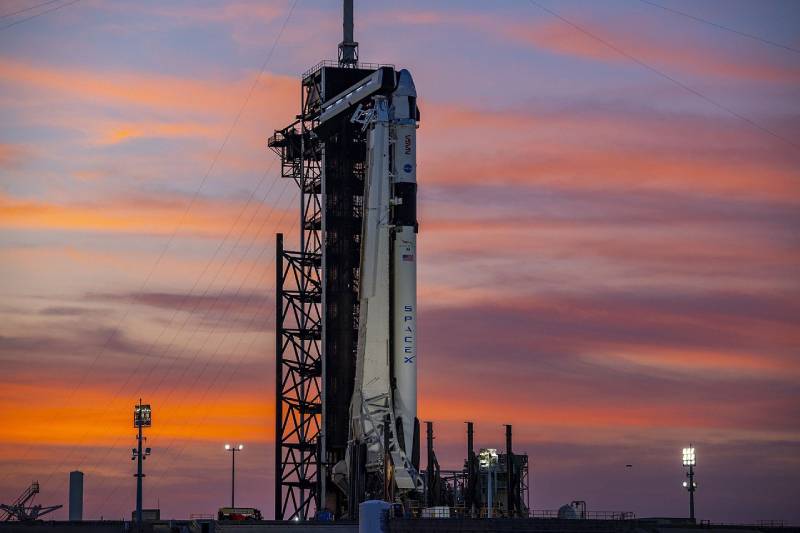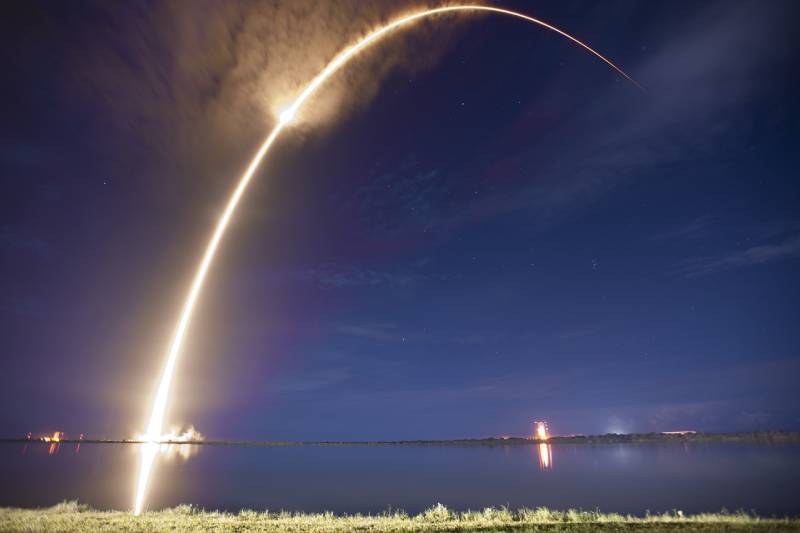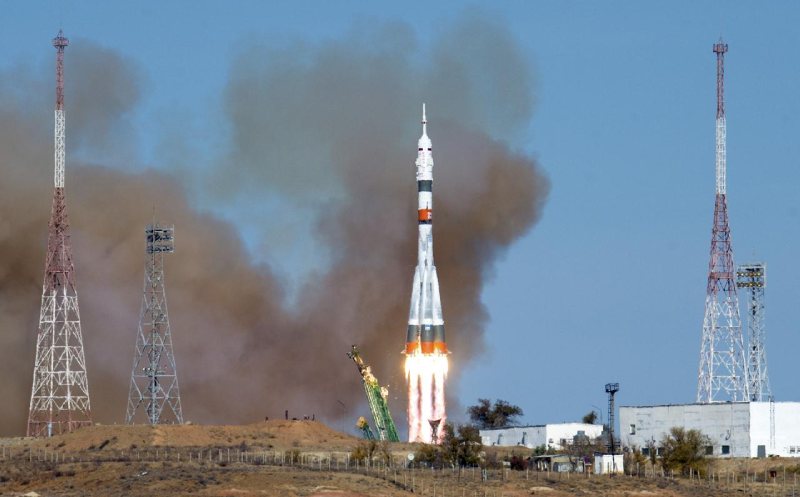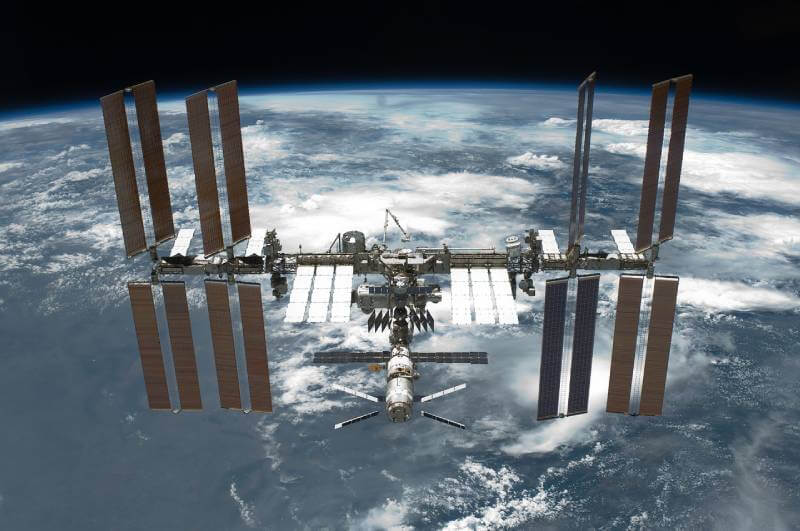The International Space Station (ISS) is a symbol of collaboration and passion for space exploration. The ISS serves as a scientific laboratory and living space, all while orbiting 250 miles above the Earth.
People who love space often daydream of what it would be like to reach the space station. While most of us won’t achieve this goal, aspiring astronauts and space enthusiasts alike often wonder how long it takes to get to the ISS? The answer depends on a variety of factors. Despite this, each launch to the ISS is a result of remarkable engineering.
The Journey To The ISS
There are a few factors that determine the trip duration to the ISS. In all cases, traveling to the ISS begins with the launch process. The trip is extremely complex, requiring careful planning and execution. Different space agencies use different spacecraft and launch locations to carry crew to the ISS.
The launch vehicles used are powerful rockets. The rockets are designed to propel the spacecraft into orbit 250 miles above the Earth’s surface. The Russian space agency Roscosmos has used the reliable Soyuz spacecraft to carry astronauts since 1967. Newer launch vehicles, such as Dragon Crew by SpaceX, have been developed as part of NASA’s Commercial Crew Program.

After the engines of the rocket thrust it into space and the spacecraft lifts off the ground, the rocket begins towards space. The rocket gains altitude and speed until it can reach the orbit altitude.
Once the spacecraft reaches the velocity required to orbit the Earth or orbital velocity, it’s time to speed up to match the speed of the ISS. Traveling at 17,500 miles per hour, precision and powerful rockets are crucial.
After matching the speed, orientation, and trajectory of the ISS, it’s time to dock. Maneuvers are controlled using both automated systems and manual controls from the onboard crew. The spacecraft aligns with the docking port and securely connects to the ISS.
What Factors Affect Travel Time To The ISS?
The duration of time it takes to reach the ISS is influenced by different factors. A more powerful rocket can reach the ISS quicker than a rocket with less power. Location and even external factors such as weather and storms can all determine the travel time to the ISS.
Launch Sites and The ISS Locations
The location the spacecraft launches from has a significant impact on travel time. Depending on where the launch site is, it may be easier for the spacecraft to reach the proper path.
Launch sites that are closer to the equator have an advantage due to the rotational speed of the Earth. The Earth rotates faster near the equator.
Land halfway to the North Pole moves at 733 miles per hour. The land at the equator moves at 1037 miles an hour. When a spacecraft gets launched from the equator, it gets a speed boost of almost 310 miles per hour. Launching spacecraft near the equator provides a boost that can reduce the energy and time needed to reach the ISS.
When a launch site location is further away from the Earth’s equator, extra propulsion and, in turn, fuel is needed to compensate for the slower speed of the Earth’s rotation. This also means a longer travel time.
For example, spacecraft launched from the Baikonur Cosmodrome in Kazakhstan typically can reach the space station in a shorter time due to its position relative to the equator.
Launch Vehicles Performance
Different launch vehicles can do different things. While they’re all capable of reaching the ISS, propulsion systems, payload capacity, and thrust affect how fast they can do so. The launch vehicles with more power have a higher performance ability, meaning the more likely the travel time to the ISS is reduced.
Launch Windows and Opportunities
There are specific time frames a spacecraft must be launched within to reach the necessary orbit. The launch windows depend on fuel considerations, the position of the ISS, and orbit alignment.
The precalculated path of the spacecraft needs to intersect the path of the ISS. Not only does this reduce travel times, but the fuel needed to complete the mission.

When considering a launch window, the schedule of the crew is also a factor. The availability of astronauts, supplies, and equipment can affect the timing of launches and, in turn, alter the duration of the journey.
Launch Delays and Timing
Launch delays often occur due to technical issues or poor weather conditions. Launch delays often have large impacts on schedule, including rescheduled launches.
When delays happen, the rescheduled launch may not have an optimal trajectory to reach the ISS. The spacecraft may have to change its path and complete more movements to get to the position of the ISS.
Launch delays could also cause the spacecraft to have to play catch up to the ISS. This means more orbits around the Earth, higher fuel usage, and a significant increase in travel time.
The Average Time To Reach The ISS
There is no fixed time to travel to the ISS, yet it does fall into a range. By viewing previous launch data, an average trip to the ISS is between 6 and 8 hours but could take up to three days. It also depends on whether the spacecraft is carrying astronauts or only carrying supplies.
The average time is dependent on the specifics of the mission and launch vehicle used. More powerful rockets combined with a lighter payload will result in faster travel times.
The Record Time To The ISS
Throughout history, there have been some notable trips. Certain missions have broken records or face unique situations.
On October 14th, 2020, the Roscosmos Soyuz MS-17 spacecraft broke records, taking hours off the average travel time to the ISS. Launched from the Baikonur Cosmodrome in Kazakhstan, the Soyuz spacecraft made it from launch to docking to the ISS in three hours and three minutes.

When the international space station was almost above the launch site, the rocket launched onto the same orbital path. It took two and a half orbits around Earth to reach the ISS.
How Long Does It Take To Return From The ISS?
After astronauts complete their mission on the ISS, it’s time to return home. The return trip involves re-entry into Earth’s atmosphere, descending towards Earth, and landing. Through this process, astronauts go from 17,500 miles an hour to completely still.
On average, a return trip from the ISS back to the Earth’s surface takes 3 hours. Trips may take up to 6 hours depending on the trajectory of the re-entry, the targeted landing site, and the design of the spacecraft. Scientists are looking for ways to improve the efficiency of re-entries and the safety of returning astronauts to Earth.
Final Thoughts
The average time to the International Space Station (ISS) takes between six hours to three days. The journey time varies based on things such as distance, launch location, and orbital path. The launch vehicle used and its performance capacity could both add or remove hours from a trip to the ISS.
Asking questions like how long it takes to get to the ISS is a testament to our curiosity and desire to explore. As we continue to push into the frontiers of space, understanding the time it takes to reach the ISS underlings the complexities of space travel.

